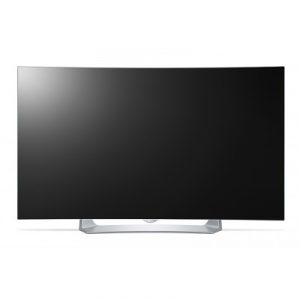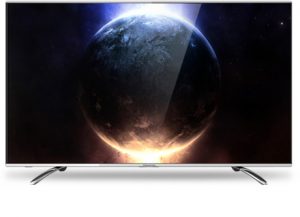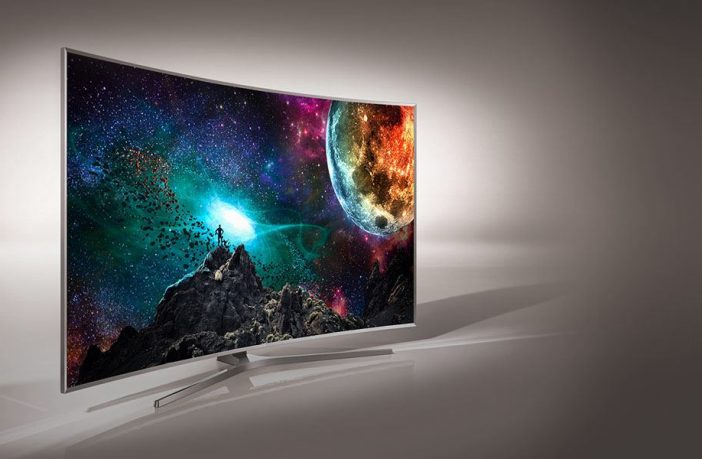Article written by Brendon Petersen
Buying a TV is no longer as simple as it used to be. These days you need to decide whether you want a curved TV, a 3D TV, a 4K TV, or just a regular Full HD TV.
You also need to decide whether or not you want an OLED or a ULED TV.
Wait…What is OLED?
OLED is a new display technology, made from organic materials. OLEDs (Organic Light Emitting Diodes) are energy efficient, thin, provide a great picture quality, and can even be made flexible and transparent.
At present, the OLED display panel is viewed as advanced technology with good picture quality. These panels are slim with no backlight required. They have a good contrast ratio, wide viewing angle and fast response time. So why did Hisense choose to develop a new and unique technology instead of following in the direct footsteps of OLED? Because OLED technology comes with limitations. These include:
- A low yield yet high production cost
- More than twice the power consumption of normal LED
- A much shorter product life span

OK. So, what’s ULED, then?
ULED is not OLED, it actually uses LCD technology with proprietary backlit quantum dot technology. What this basically means is that quantum dot display technology is being used to make up for the shortcomings of LCD.
The only major name in TV technology currently using ULED technology is Hisense. They’ve proven that they can make great TVs at half the cost of their competitors, without sacrificing on picture quality.
It is not solely colour that is enhanced with ULED technology, blacks are darker and whites are purer (aka contrast). This with the aid of Ultra Dimming technology, which separates visuals into different areas of the panel – up to 240 independent zones depending on the model of TV. Added to this is a High Dynamic Range (HDR) that improves the amount of detail in darker scenes. As such Hisense ULED TVs are elevated from competitors’ offerings in terms of brightness.
To ensure less blur and more action, each ULED TV sports Ultra Smooth Motion Rate (Ultra SMR) technology. This creates and inserts frames into the picture for smoother transitions. The benefit of this is a better viewing experience when it comes to high-paced content.
Hisense also has 4K ULED displays which sport more than eight million individual pixels to ensure vivid and detailed content. This makes ULED the only way to go for consumers looking for the best platform to enjoy high definition movies or sport.
If you’re looking for a great viewing experience, but you don’t want to have to pay a small fortune for it, then ULED TVs are the way to go.




